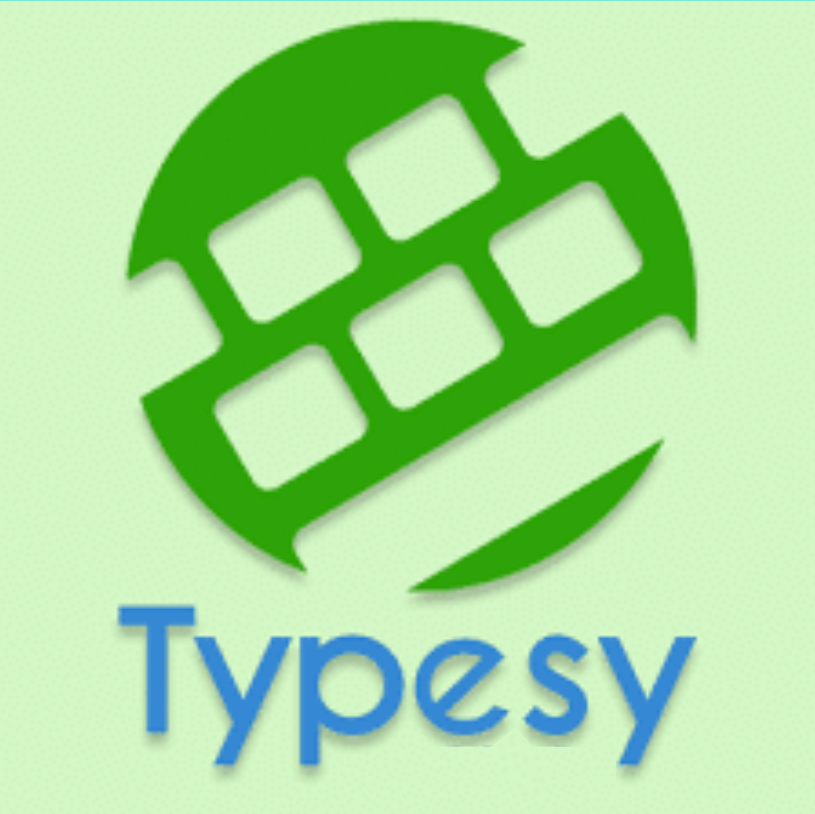

Based on this finding, we defined three subtypes of fenestral OS lesions that are suitable for clinical diagnosis guidance: “focal”, “transitional”, and “typical” fenestral OS. Results: The diagnostic performance of otologists was not satisfactory, and those CT samples which were misdiagnosed had similar characteristics.

Finally, to evaluate the assisting value of the model, the seven participants were again invited to classify all cases in the clinical test set after referring to the diagnostic results of the model, to which they were blinded. In addition, we compared the diagnostic acumen of seven otolaryngologists with the otosclerosis-LNN approach in the clinical test set, which was mixed with 78 fenestral OS and 62 normal ears.

We prospectively created an external test set with 31,774 CT slices from 144 patients, which contained 86 fenestral OS ears and 202 normal ears and used it to evaluate the performance of our otosclerosis-Logical Neural Network (LNN) model to assess its potential clinical utility. Methods: We conducted a study to explicitly analyze the clinical performance of otolaryngologists in diagnosing fenestral OS and developed an explainable deep learning model using 134,574 temporal bone high-resolution computed tomography (HRCT) slices collected from 1,294 patients for the automatic diagnosis of fenestral OS. #These authors contributed equally to this work. Weimin Tan 1#^, Pengfei Guan 2#^, Lingjie Wu 2#^, Hedan Chen 1#^, Jichun Li 1^, Yu Ling 1^, Ting Fan 2^, Yunfeng Wang 2^, Jian Li 3^, Bo Yan 1^ġ School of Computer Science, Shanghai Key Laboratory of Intelligent Information Processing, Fudan University, Shanghai, China 2 ENT Institute and Otorhinolaryngology Department of Affiliated Eye and ENT Hospital, State Key Laboratory of Medical Neurobiology, Fudan University, Shanghai, China 3 Clinical Laboratory Center, Children’s Hospital of Fudan University, Shanghai, ChinaĬontributions: (I) Conception and design: W Tan, P Guan, L Wu, H Chen (II) Administrative support: Y Wang, J Li, B Yan (III) Provision of study materials or patients: P Guan, L Wu (IV) Collection and assembly of data: W Tan, P Guan, L Wu, H Chen, J Li (V) Data analysis and interpretation: W Tan, P Guan, H Chen, J Li, Y Ling (VI) Manuscript writing: All authors (VII) Final approval of manuscript: All authors. Policy of Dealing with Allegations of Research Misconduct.Policy of Screening for Plagiarism Process.


 0 kommentar(er)
0 kommentar(er)
